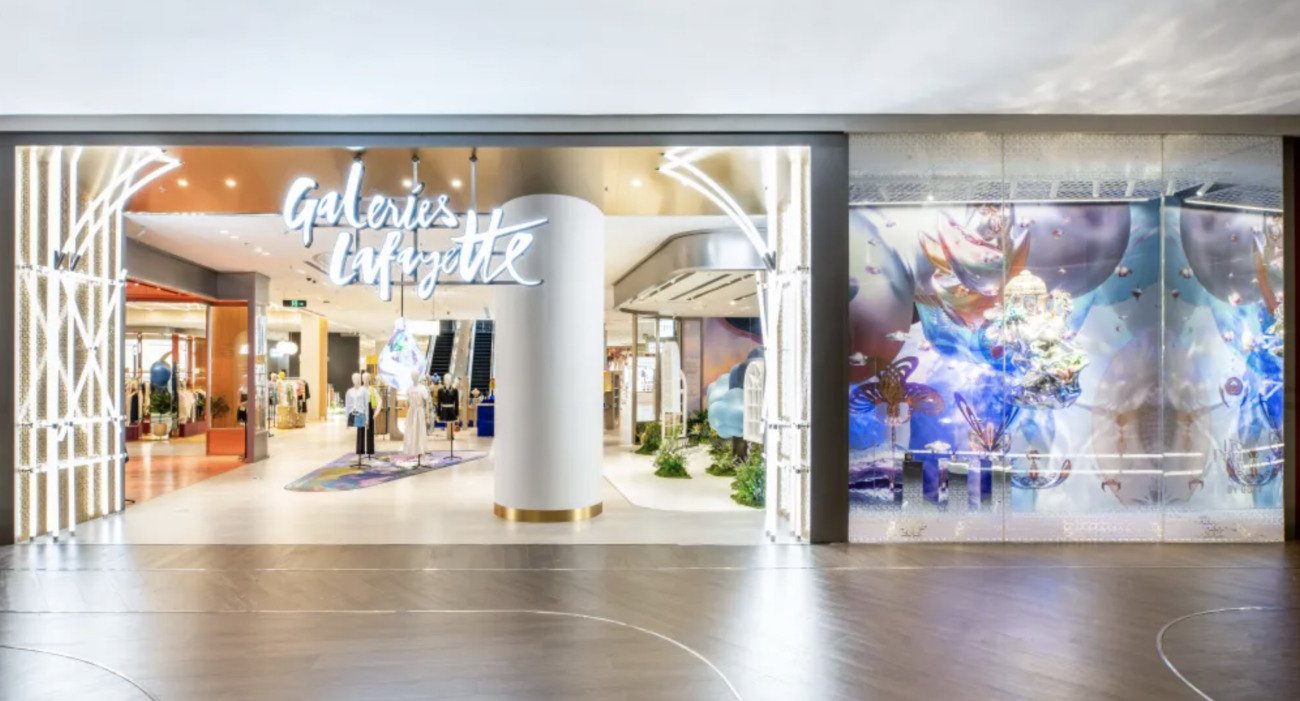Ulta Moves Into Wellness
Ulta tests small-format stores, moves into wellness as it seeks growth Five years ago, the beauty retailer tested smaller stores and ultimately didn't move forward with them. Now, executives say things have changed. "We are not complacent," CEO

Ulta tests small-format stores, moves into wellness as it seeks growth
Five years ago, the beauty retailer tested smaller stores and ultimately didn’t move forward with them. Now, executives say things have changed.
“We are not complacent,” CEO Dave Kimbell said Tuesday while discussing Ulta Beauty’s growth plan with analysts.
And indeed, the beauty retailer has major plans for its business over the next few years. At the center of many of them are its stores.
As the beauty retailer aims for $10 billion in net sales by 2024, store growth will continue, with plans to expand its store footprint by 50 stores per year for the next three years. During much of the 2010s, Ulta opened around 100 stores per year, a part of what Kimbell described as Ulta’s decade of rapid digital and store expansion. In those ten years, the retailer tripled its store count, with its footprint set to total over 1,300 by the end of this year.
In the release, Poshmark CEO Manish Chandra called Brand Closet “a win for everyone.” Brands get what Poshmark describes as a vast, engaged audience of millenials and GenZers who often buy a brand for the first time on the company’s platform. Poshmark gets more sellers engaged on its platform.
The secondhand sector is getting too large for brands and retailers to ignore. According to ThredUp’s latest survey, used apparel sales are projected to reach $77 billion in five years.
Earlier this year, for example, Urban Outfitters launched its own secondhand marketplace, on which customers can opt to trade in clothes for virtual cash. Nike, Gap, Levi Strauss and Lululemon, among others, have to varying degrees entered the secondhand market recently.
Poshmark lists among its brand clients Lucky Brand, Hue, Dose of Colors and Free People (an Urban Outfitters brand). Chandra said that by opening up Poshmark to big brands it is “empowering them to build loyal, lasting connections with a coveted audience, tap into a new sales channel, and bring shoppers the kind of personalized service that is all too rare in e-commerce.”
Earlier this month, Poshmark unveiled a new suite of services and a dedicated team, led by co-founder Tracy Sun, meant to help the millions of sellers who use its platform.
The new tools include the “My Shoppers” clienteling feature, which the company has now opened up to large brands. It allows sellers to send promotional discounts or make personalized product suggestions through Poshmark. The company also launched a dashboard, dubbed “Closet Insights,” that provides sellers with real-time inventory and sales data.
For the first half of 2021, Poshmark’s revenue increased more than 30% year over year, though its operating profit turned negative, with a loss from operations of $23.6 million compared to a $10.2 million operating profit in the first half of 2020. (Excluding stock-based compensation, Poshmark’s operating income was positive for 2021 so far.)
Poshmark’s latest move positions the marketplace as a friend to brands, as opposed to a competitor. It’s not alone in its efforts to capture the hearts and minds and dollars of brands. ThredUp, for instance, has partnered with Madewell, Fabletics and many others.
By Cara Salpini for Retail Dive
 English
English






